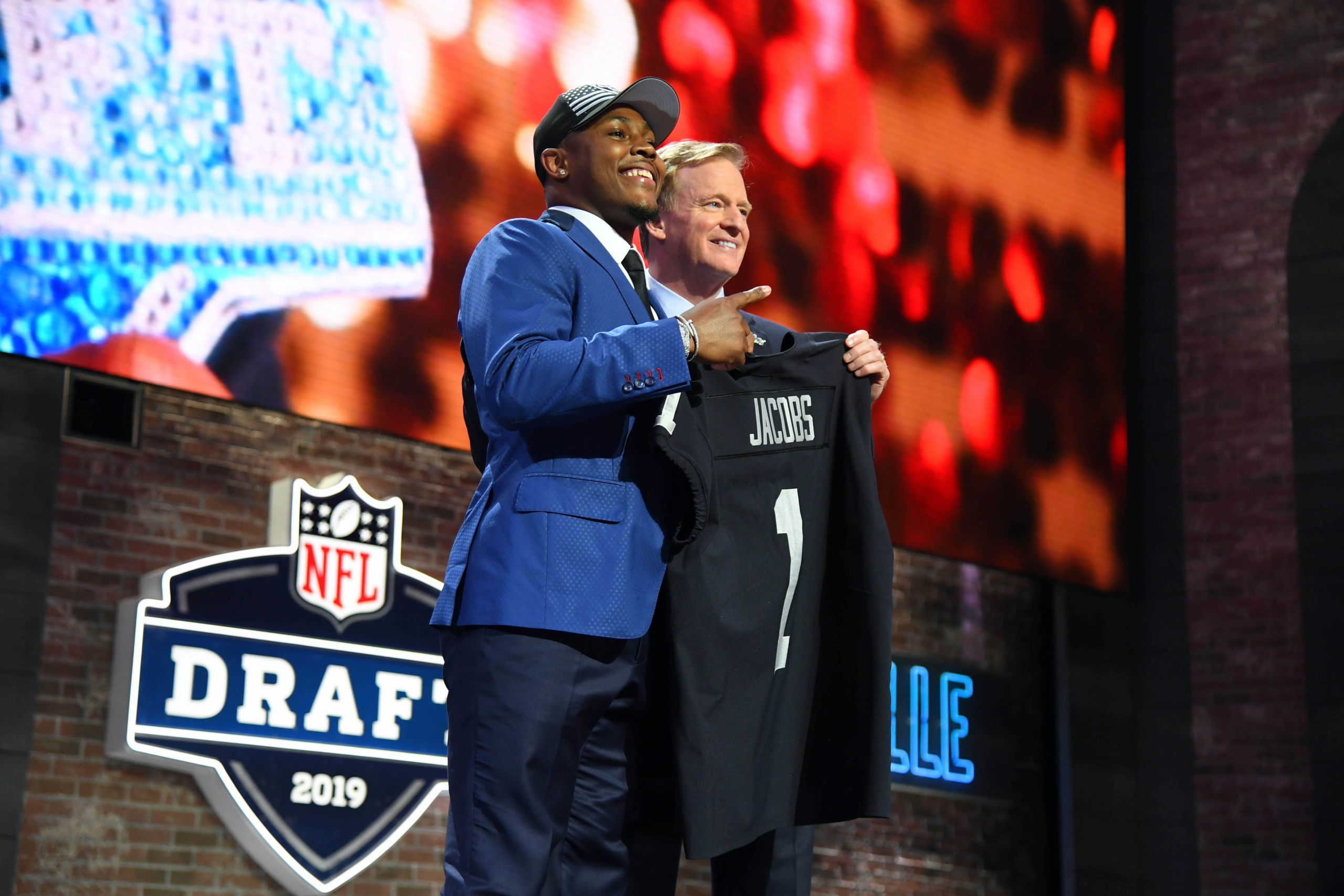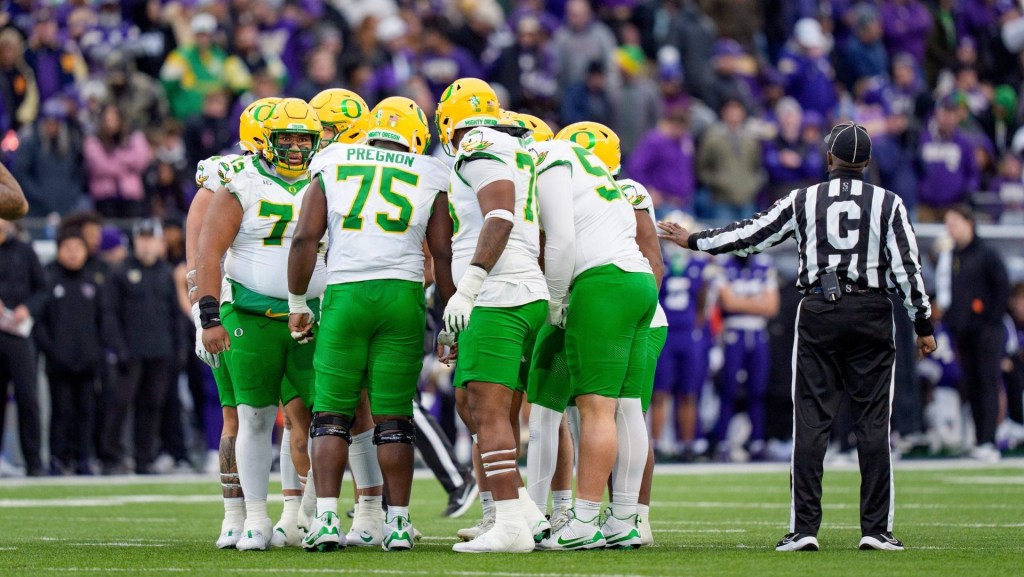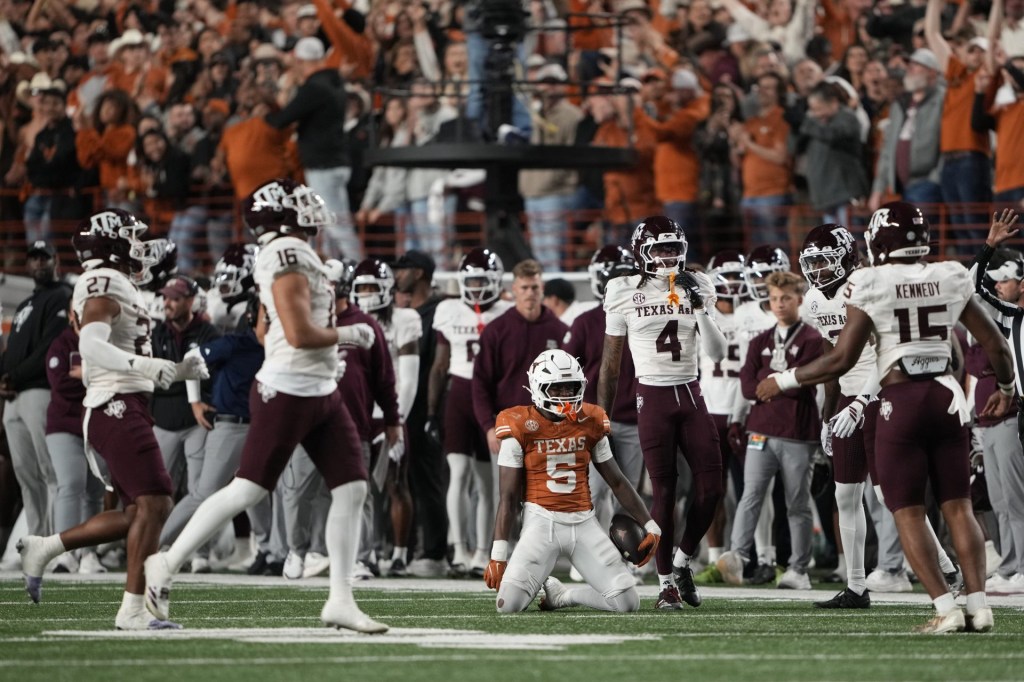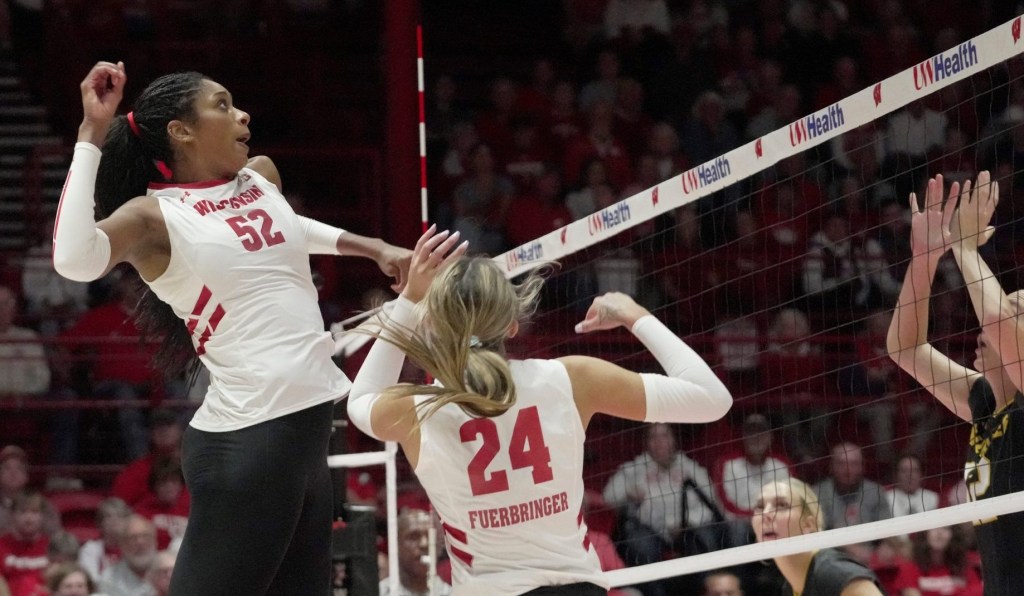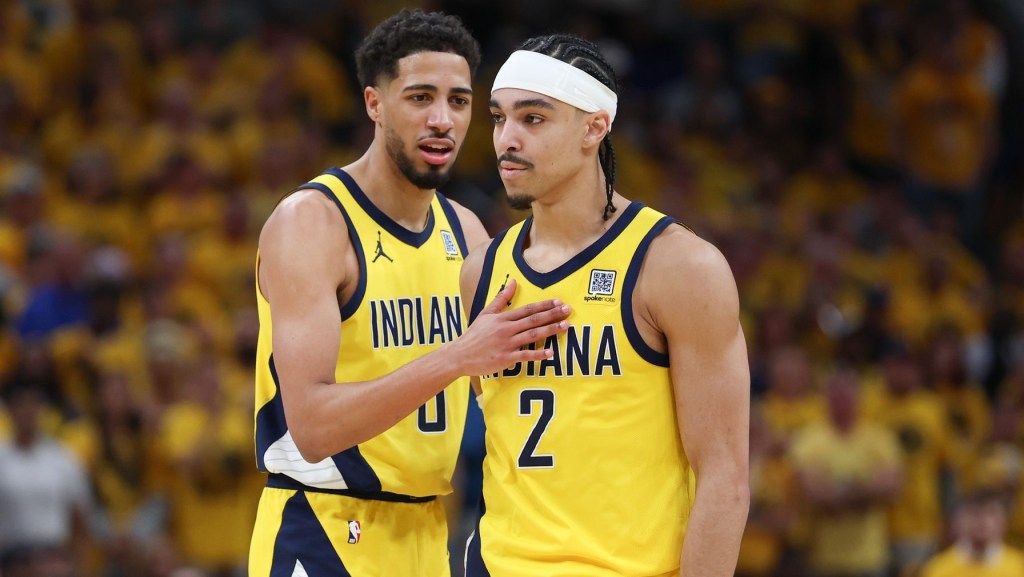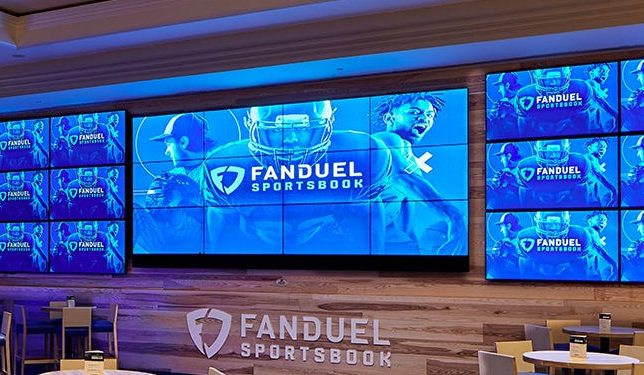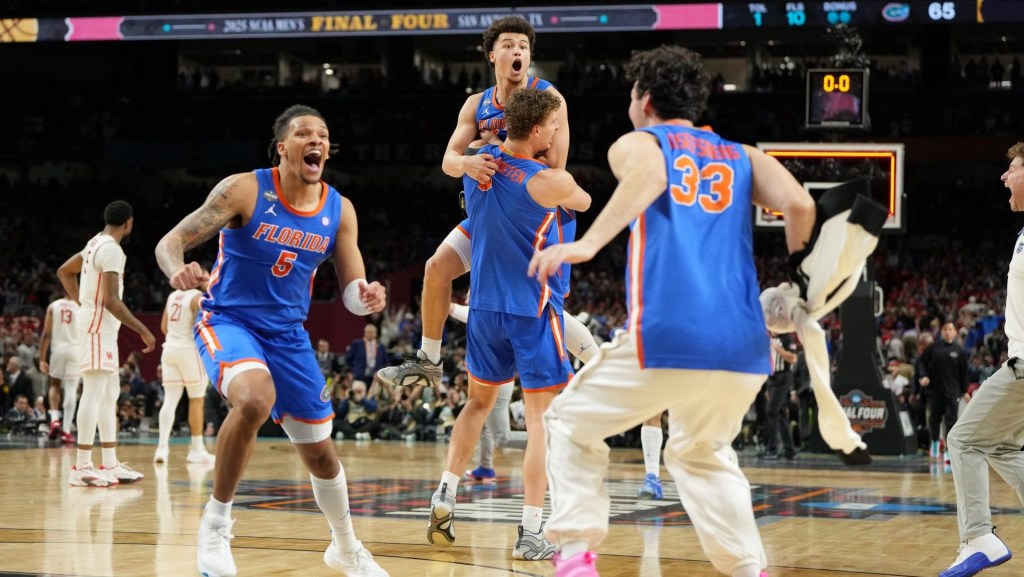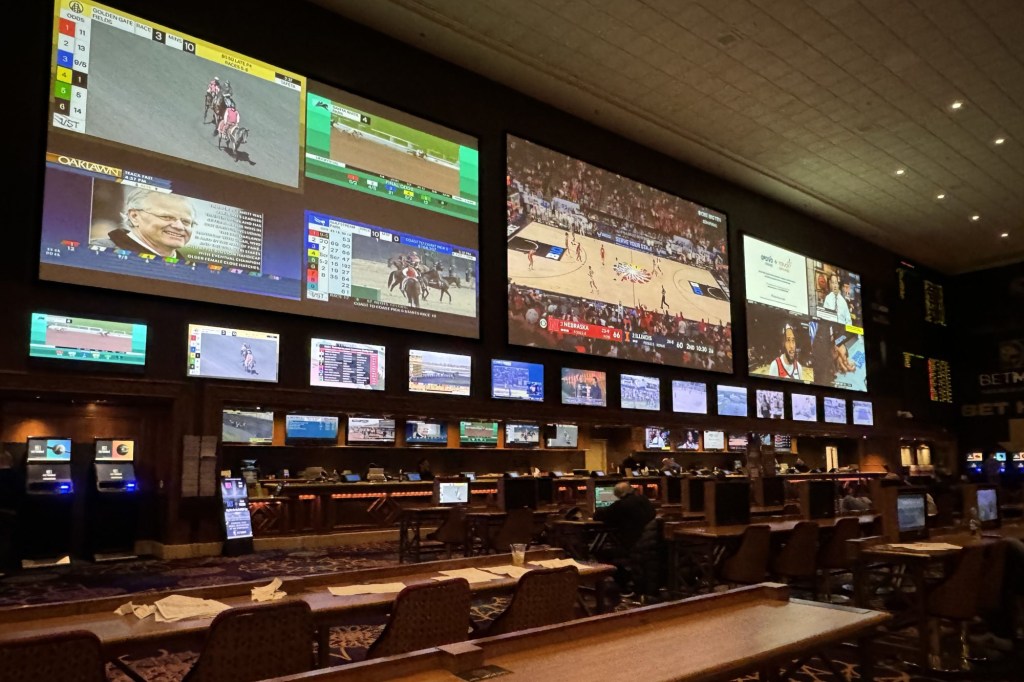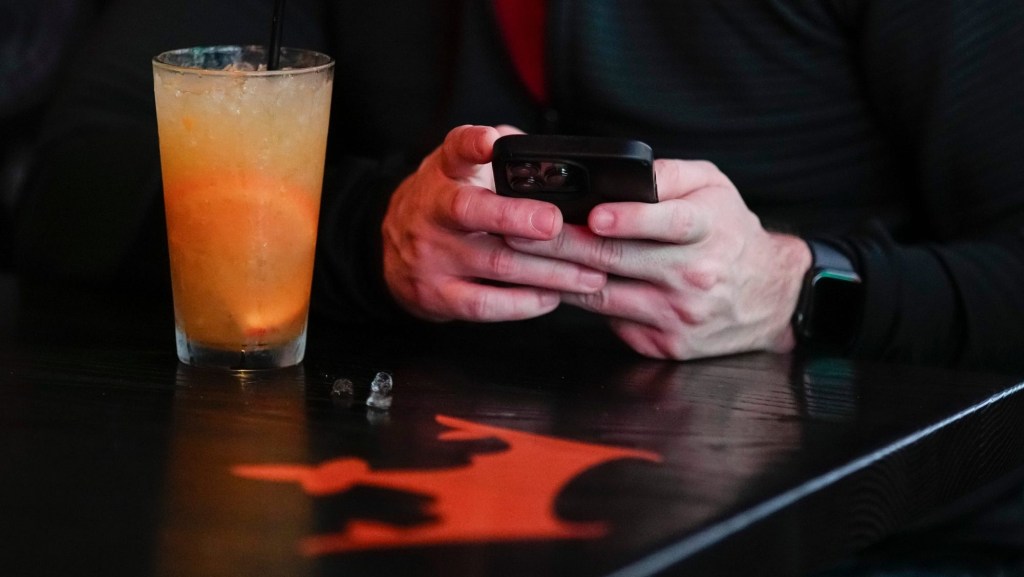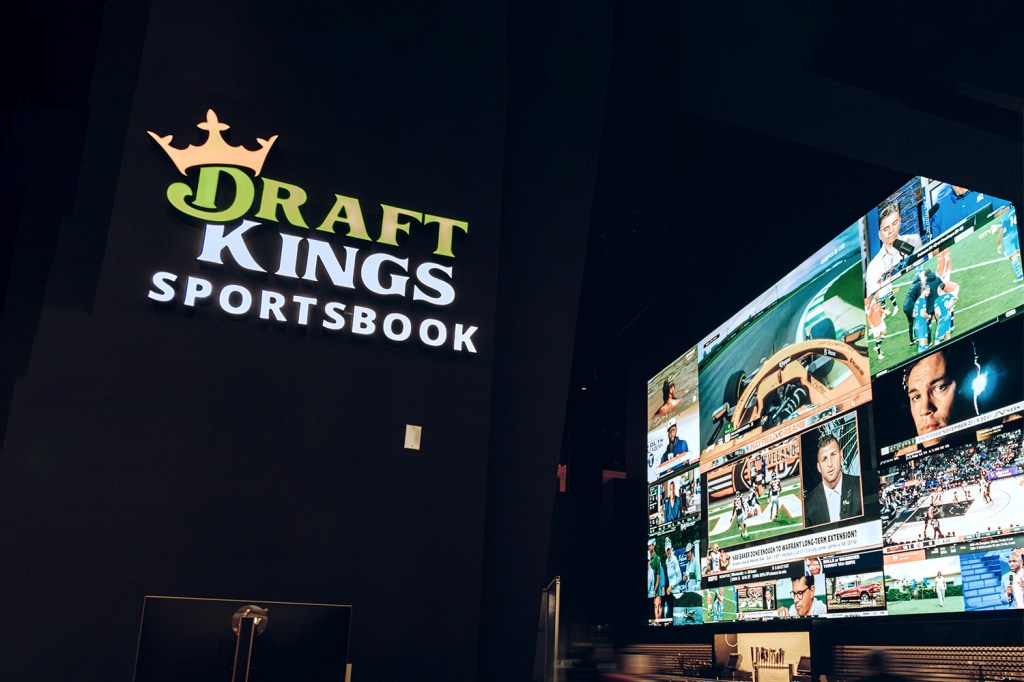As the NFL and ESPN make final preparations for the league’s first-ever virtual draft, both organizations may stand to learn lessons from esports in ensuring the three-day broadcast event runs as expected.
On Thursday night, ESPN will receive more than 100 different feeds from the homes of talent, NFL personnel, and top prospects at its headquarters in Bristol, Connecticut. The company is set to run its own major mock draft tests the night before the main event, after some external testing by the NFL earlier this week.
However, no online production is safe from the occasional buffering or video lag. And with the complex technology and potential human variables involved, companies can’t be too prepared.
“You have to test, test, and be prepared for the unprepared,” Craig Levine, global chief strategy officer at ESL, said. “Remote events present a lot of new variables and a natural roughness around the edges.”
Esports have gone back to their roots during the coronavirus pandemic, as major tournament and league organizers have taken gameplay and operations entirely online in recent weeks – a call back to how the industry first got its start.
Amateur and semi-pro esports broadcasts regularly depend on home Wi-Fi connections instead of more reliable local area networks, Levine said. But esports’ most prominent competitions are normally played out in front of large crowds, with LAN, as the industry’s fandom and popularity have grown over time.
ESL was forced to adapt the format of its Counter-Strike: Global Offensive ESL Pro League season in its final weeks to avoid major connectivity issues, the company said. Season 11 of the ESL Pro League concluded with regional playoffs in Europe and North America instead of one global tournament.
ESL One Los Angeles – a major live audience event for Dota 2 gamers, was also played out online and wrapped up on April 19.
“We suddenly had our production crew separated all over the world due to the pandemic, which created issues around Internet redundancy [used to ensure connection availability in case of primary device failure],” Levine said. “It’s a very different production workflow than sitting in a truck together.”
But despite those unique challenges, both the ESL Pro League and ESL One produced record-breaking viewership in terms of hours watched other key performance indicators, the German esports organization said. The competitions originally streamed on Twitch.
Without a live audience, storytelling becomes the real concern for NFL Draft producers and on-screen talent, Michael Van Driel, DreamHack’s chief product officer, said.
“You lose a lot of the human element by not being able to film reactions in one space,” Van Driel said.
READ MORE: Q&A: ESPN’s Sal Paolantonio on Covering the First ‘Virtual’ NFL Draft
Dreamhack, a Swedish esports production company that hosts several live events, is filling possible holes in its storytelling by relying on its database of player and team statistics to call on during telecasts. For example, communicating how CS: GO teams have performed on certain in-game maps historically. More interviews with players are also being conducted.
DreamHack began qualifiers for its Spring PlayerUnknown’s Battlegrounds tournament on April 21. The company’s flagship DreamHack Masters event for CS: GO, scheduled to begin in June, has also been pushed up to May 19.
ESPN is cognizant of the challenge a remote draft presents to producing a well-rounded event for fans. The network will work with Walt Disney’s Direct-to-Consumer & International subsidiary to aggregate feeds during the telecast.
“We have to replicate the imagery, content, and emotion of the draft in Bristol,” Mike Feinberg, coordinating director of production operations at ESPN, said. “Thirty-plus prospects go into a typical draft day, and we have cameras in place to capture the pageantry of the event. The challenge is, how do we do that when prospects will now be in their homes?”
READ MORE: NFL Draft Networks Face Web Of Challenges For TV’s Primetime Return
The 2020 NFL Draft will offer the league an opportunity to cater to fans’ curiosity around the one-time virtual event, Matt Edelman, chief commercial officer of Super League Gaming, said. Common images of Roger Goodell shaking draftee’s hands after team selections will be missing this year, so the league and its partners will have to get creative.
“Building a narrative without that usual TV component is a new muscle,” Edelman said. “There’s a type of energy that fans watching the NFL draft have been used to. Viewers will not know what they want. If the energy doesn’t strike well with fans, they’ll check out and read about the results later.”
Super League Gaming, an operator of amateur esports events across North America for titles such as PUBG Mobile, Street Fighter, and Minecraft, has taken all of its operations online, resulting in more player signups for tournaments during the pandemic, according to the company.
The organization has also allowed brands committed to advertising in esports to sponsor broadcast elements, such as replays and player profiles, now that in-person activations aren’t available.
Both ESL and DreamHack also said that Integrating brands into telecasts has been a relatively painless process so far. Existing ad buys have been repurposed for digital streams, which have seen spikes in viewerships with more fans staying at home. Select brand partners of the organizations include Pepsi, AT&T, Monster Energy, and Intel.
“Sponsors are usually on location, but things like logo placements are easily transported to online segments run during the telecast,” Van Driel said. “We can’t really replace the in-person engagement, but it’s worked out pretty well in that we can say this is usually the exposure you get, and this is the digital equivalent.”
